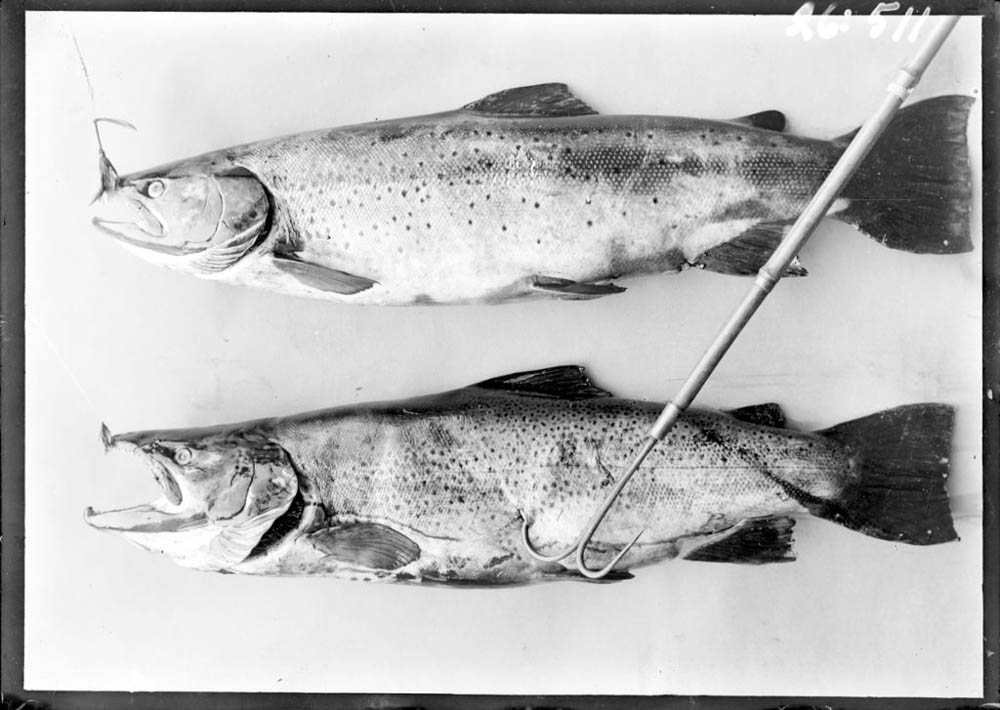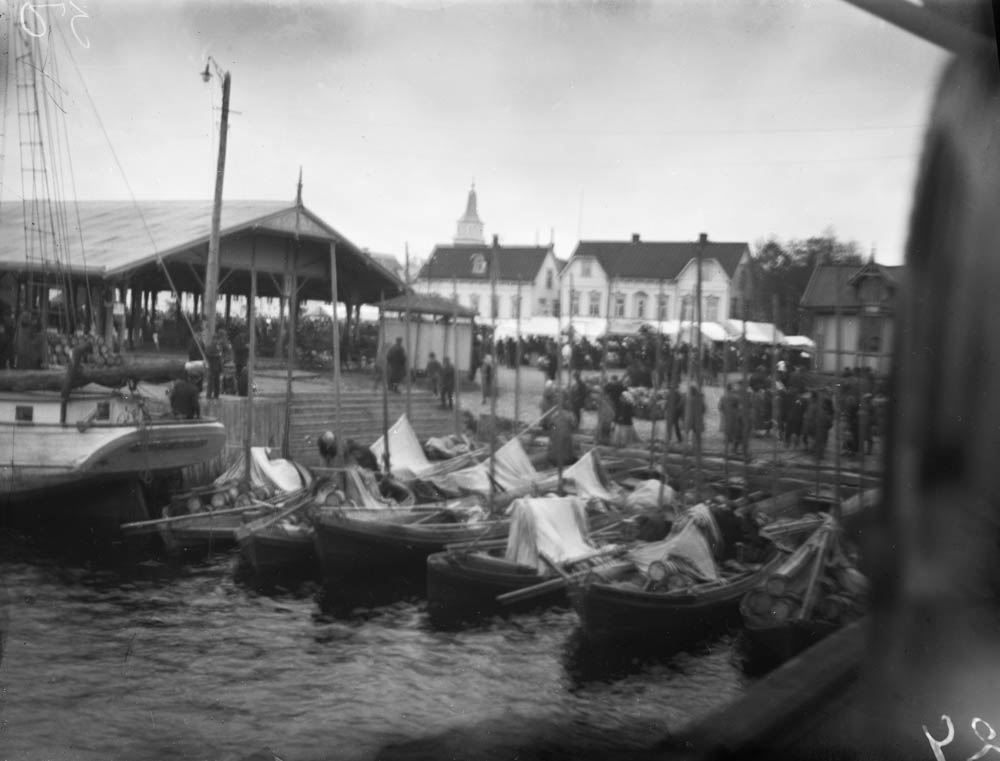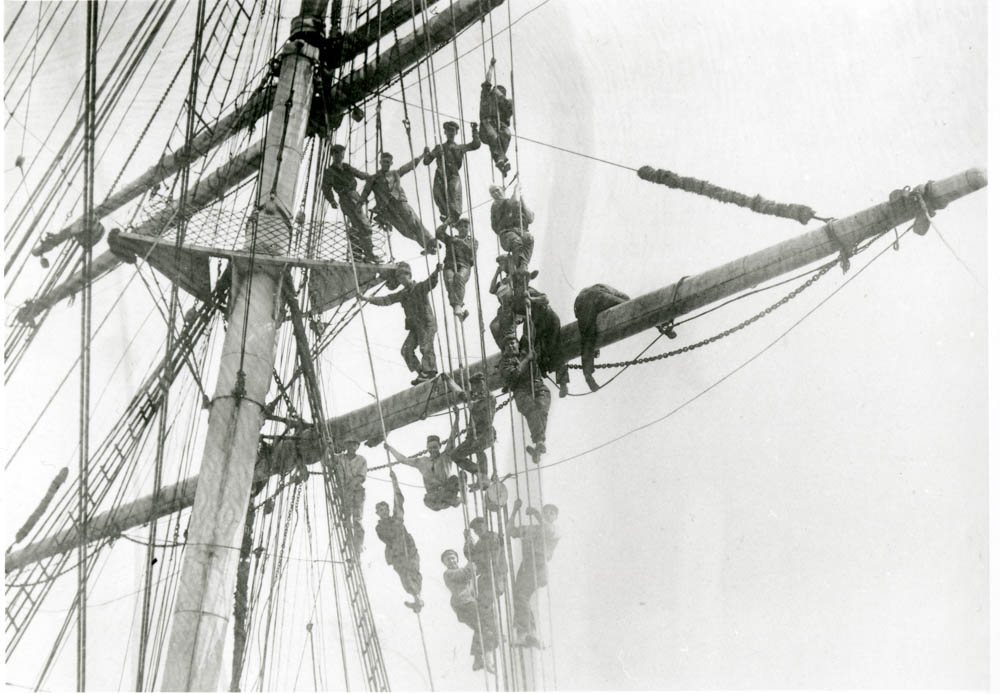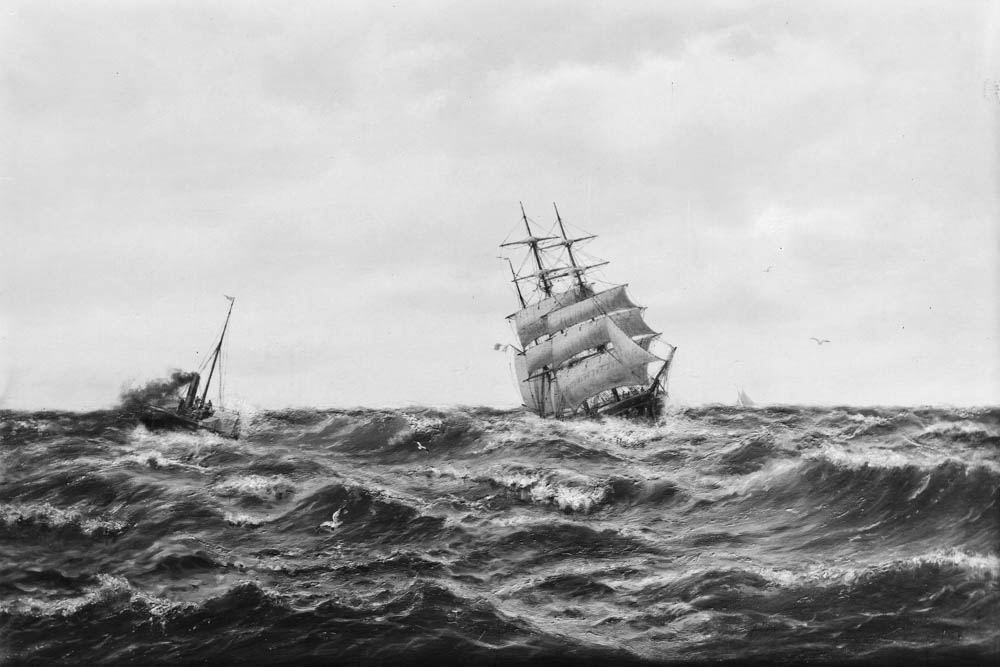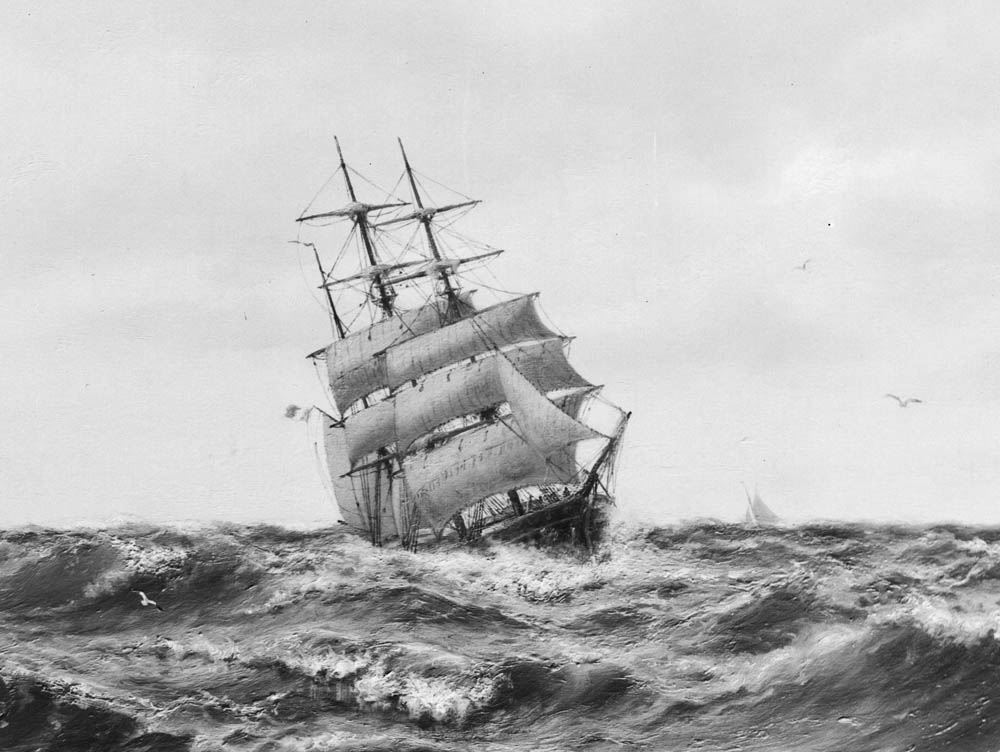
artist: Kleineh, Oscar Ulkop work TTU-022785 work title: Seascape owner: unknown date: 1880-1889 technique text: painting main category: painting subject: seafaring, sailing ship and steamship, distant sailing boat, open sea, storm, waves, animal (waterfowl) Photo no. WSOY S II, 288 date: 1883-1889 photographer: Nyblin, Daniel [Helsinki] photo technique: dry plate photo type: black and white negative keywords: seafaring, sailing ship and steamship, distant sailing boat, open sea, storm, waves, animal (waterfowl) content description: seafaring, sailing ship and steamship, distant sailing boat, open sea , storm, waves, animal (waterfowl) Digital image number 101208Ha003 repro photography 2010-12-08 repro: Aaltonen, Hannu digital classification: digital original content photography: positive glass negative digitizing device: Canon EOS-1Ds Mark II image processing software: Photoshop cs5
Before telephones and satellites, messages were transmitted loosely and on many roads. If nothing was heard, what was thought or feared to be true was read. The story is from Sara Wacklin's book? Hundrade minnen från Österbotten? from 1844.
Alderman and merchant Johan Possenius traveled early in the early summer on his own ship from Oulu to Stockholm. At that time, such a trip was not made as quickly as it is today, because in the event of a headwind, one retreated to the shelter of the nearest port, which, in short, could mean stopping at every port along the way. In the intermediate port, the ship could stay for several weeks, waiting for a more favorable wind to get out of the port.
The ship in which the merchant Possenius left stayed away for a long time, and not a single communication was received about it. At home, his worried children and wife consoled themselves with the thought that the ship might be resting in some port. / Photo: SV Favell's crew, 1927, Finnish Maritime Museum.
One day, Mrs. Possenius bought a salmon from the salmon dam and was as surprised as she was horrified to find a silver spoon in the salmon's stomach with the name of the merchant Possenius embroidered on it. The merchant had taken the same spoon with him on his trip to Stockholm. His family was overcome with inconsolation and mourned his death, as it was now believed that the ship had been wrecked and all the passengers had lost their lives.
All the more was everyone's surprise when the same ship a couple of days later anchored near the port of Oulu. The return journey had passed faster than the post office brought the departure letter from Stockholm. We can only imagine the happiness of the grieving family. Possenius had missed his spoon and did not know how it had disappeared during the journey home. He thought it had ended up in the sea with the dishwater. The salmon had arrived long before the ship. The incident was considered so miraculous that it was recorded in the church records.
Translation translation; Sampsa Laurinen.

Svenska Kulturfonden has supported Sara Wacklin's ?Hundrade minnen från Österbotten? publication of stories.

